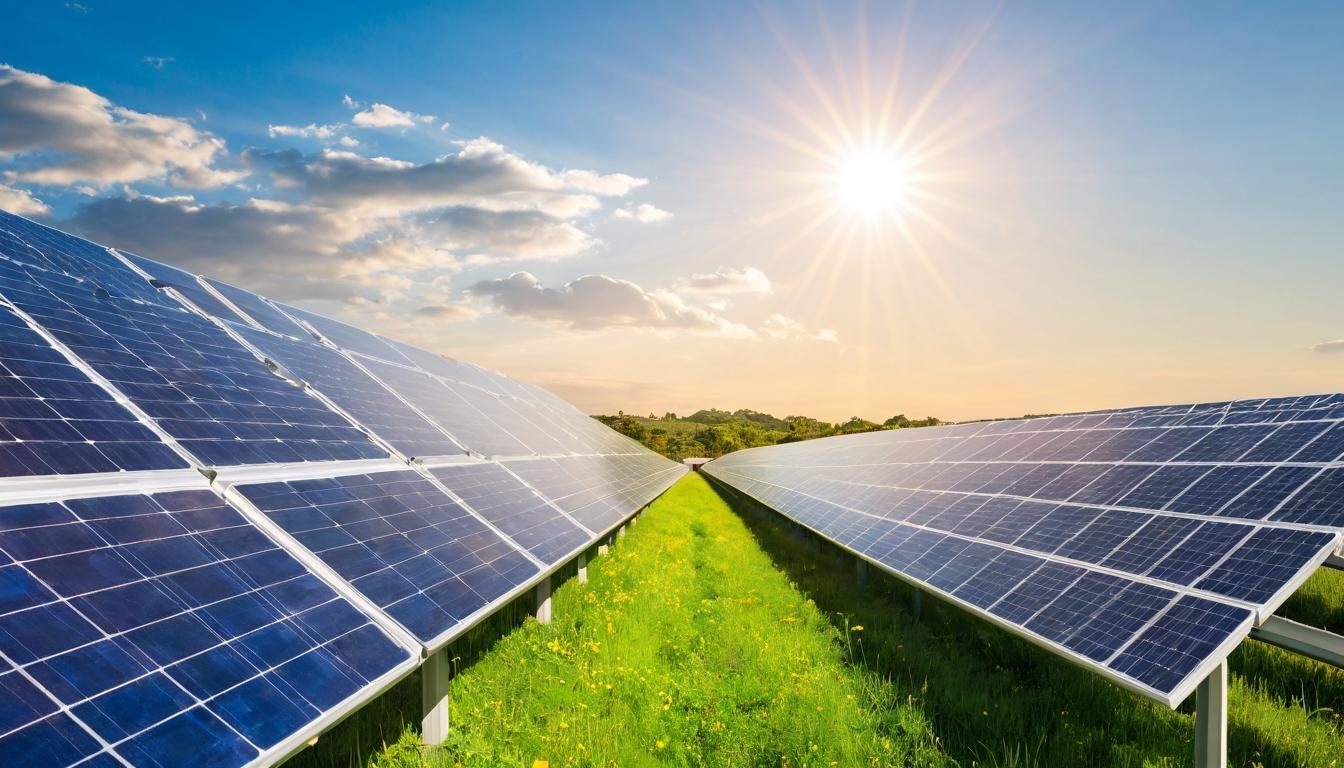Walking through the sprawling solar farm in California's Mojave Desert, the silence is almost unnerving. Row upon row of photovoltaic panels stretch toward the horizon, their dark surfaces drinking in the relentless desert sun. But beneath this serene landscape lies a ticking time bomb that few in the renewable energy sector want to talk about: what happens when these panels reach the end of their 25-30 year lifespan?
Across the globe, we're installing solar panels at a record-breaking pace. The International Energy Agency reports that solar power is now the cheapest electricity in history for most countries. Yet this explosive growth comes with a dark side that industry insiders have been quietly discussing behind closed doors. By 2050, the world could be facing 78 million metric tons of solar panel waste – and currently, we're barely equipped to handle even a fraction of that.
The recycling challenge isn't just about volume; it's about complexity. Modern solar panels are sophisticated sandwiches of glass, silicon, silver, copper, and various polymers. Separating these materials efficiently requires specialized technology that's still in its infancy. Most recycling facilities today simply shred the panels and recover only the glass and aluminum frames, leaving valuable materials like silver and high-purity silicon to be lost forever in landfills.
But here's where the story gets interesting. A handful of innovative companies are developing breakthrough technologies that could transform solar panel recycling from an environmental liability into an economic opportunity. Companies like ROSI Solar in France have developed processes that can recover 99% of the materials in a panel, including the high-purity silicon that accounts for nearly half of a panel's manufacturing cost. Their secret? Using precisely controlled thermal and chemical processes to delicately separate the layers without damaging the valuable components.
Meanwhile, in Germany, researchers at the Fraunhofer Institute have created a robotic system that can disassemble panels with surgical precision. Their machines carefully remove the aluminum frames, peel back the glass, and extract the silicon cells intact. The recovered silicon can then be purified and used to manufacture new panels, creating a closed-loop system that dramatically reduces the environmental footprint of solar energy.
What makes this technological race so compelling isn't just the environmental benefits – it's the economic potential. The World Economic Forum estimates that recovering valuable materials from solar panels could create a $15 billion market by 2050. Silver, which is used in the conductive lines on solar cells, represents a particularly lucrative opportunity. With silver prices hitting record highs, efficient recovery could significantly offset recycling costs.
But technology alone won't solve the problem. The regulatory landscape remains fragmented and inadequate. The European Union has led the way by classifying solar panels as electronic waste, requiring manufacturers to fund collection and recycling programs. In the United States, however, regulations vary wildly by state, creating a patchwork system that makes large-scale recycling infrastructure difficult to justify.
Industry leaders are starting to take notice. Major manufacturers like First Solar and SunPower have implemented their own recycling programs, recognizing that sustainable end-of-life management is becoming a competitive advantage. First Solar's thin-film panels, for instance, are designed with recycling in mind, using a semiconductor material that can be recovered and reused in new panels with 90% efficiency.
The most exciting developments, however, are happening at the design stage. Researchers are exploring 'design for disassembly' principles that would make future panels easier to recycle. Imagine solar panels with snap-together components instead of permanent adhesives, or standardized connectors that allow for quick separation of different materials. Some visionaries are even talking about 'circular solar' – panels designed from the outset to be fully recyclable into new panels of equal quality.
What does this mean for consumers and businesses investing in solar today? It means asking tough questions about what happens to panels at the end of their life. It means looking beyond the upfront cost and considering the total environmental impact. And it means supporting manufacturers who are taking responsibility for the entire lifecycle of their products.
The solar revolution has given us clean, affordable energy. Now we need to ensure it doesn't create a waste crisis that undermines its environmental benefits. The solutions are within reach – they just need the same level of innovation and investment that made solar power affordable in the first place. As one recycling executive told me, 'We figured out how to harness the power of the sun. Surely we can figure out how to handle the hardware responsibly.'
The hidden revolution in solar panel recycling and why it matters for our energy future




